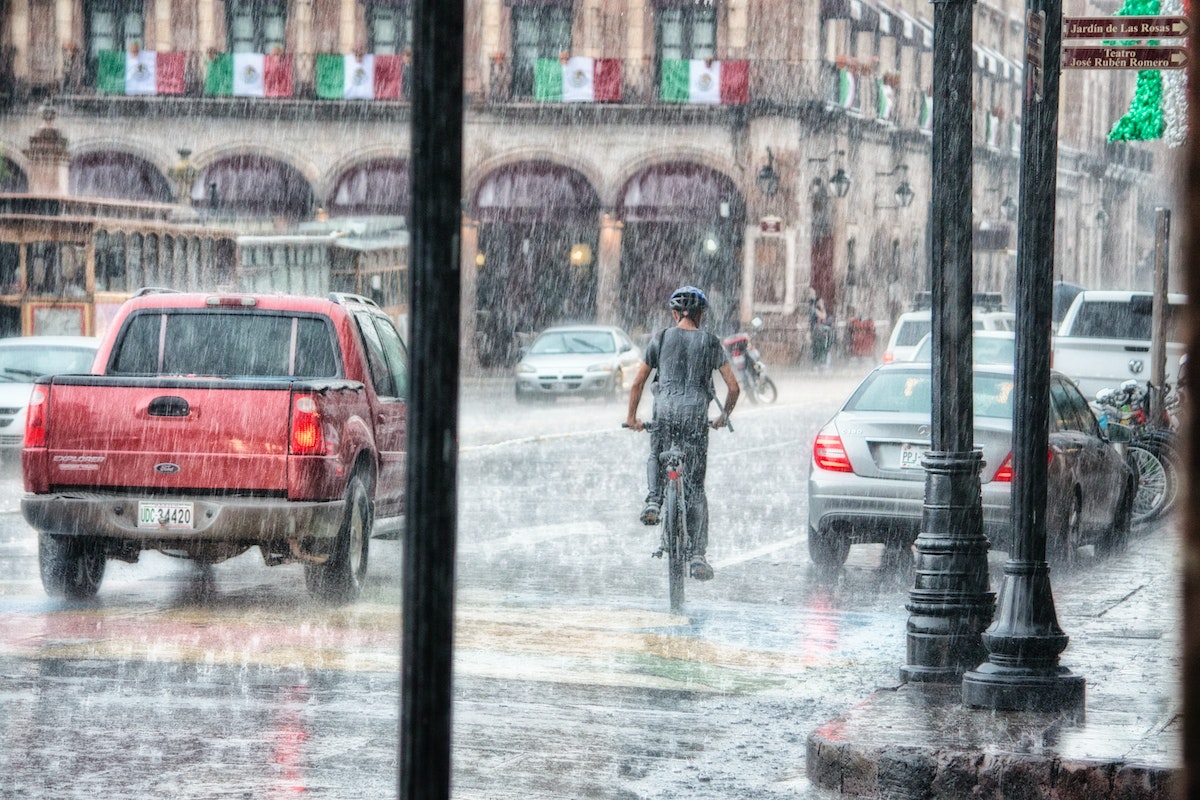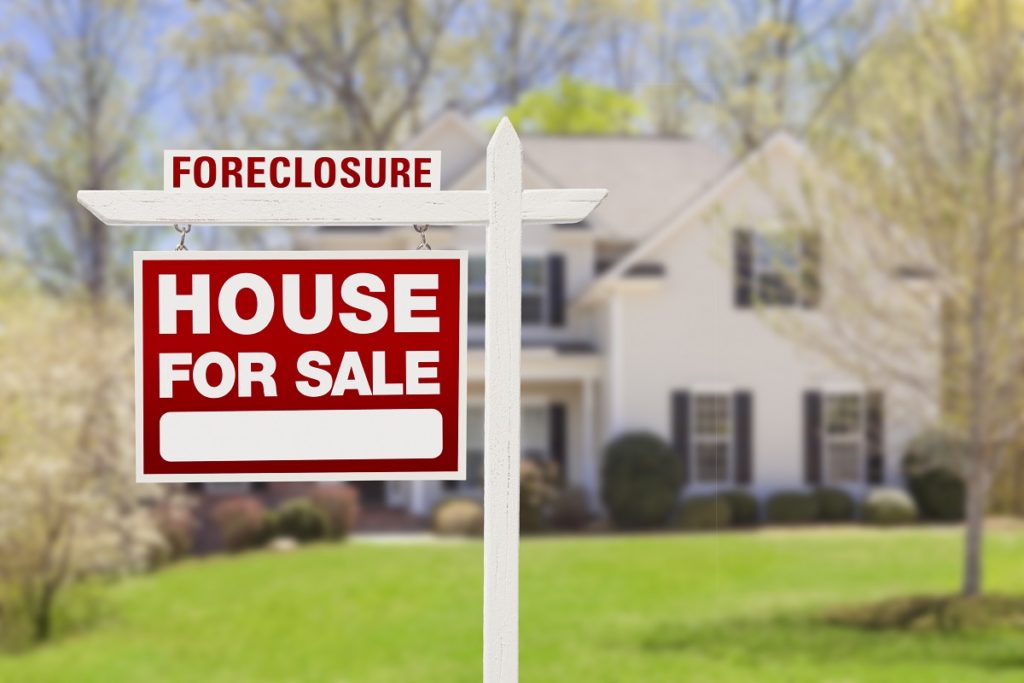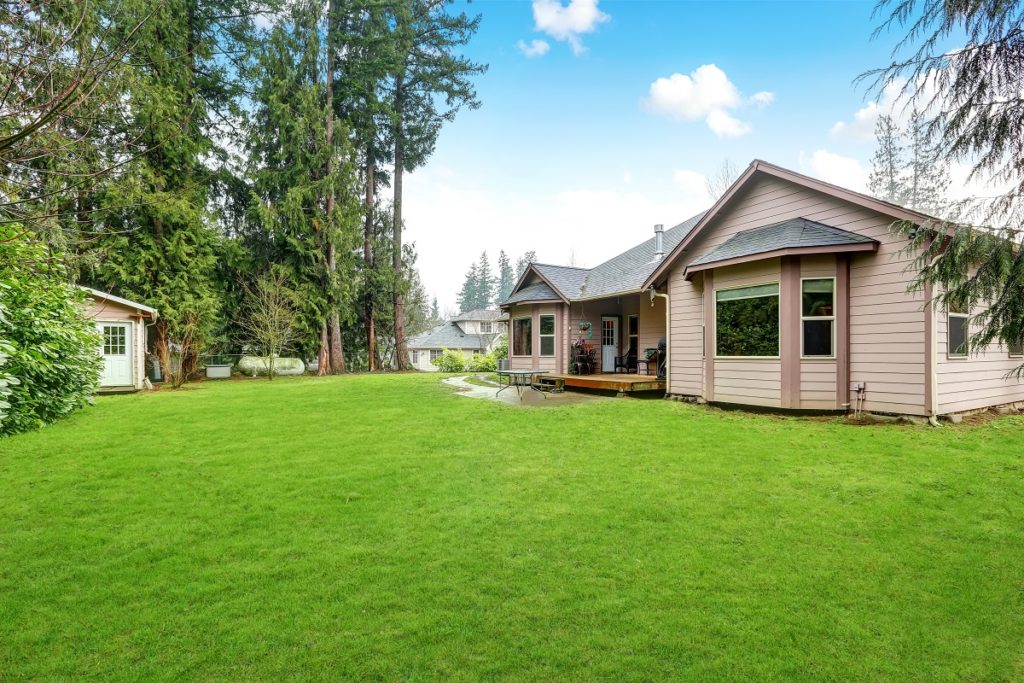If you’ve been affected by a natural disaster, such as floods, hurricane winds, and earthquakes, your home may have taken the brunt of it. In addition to any physical damage that these disasters may cause to your property, they can also leave behind an array of problems like mold or electrical issues. While it’s impossible to prevent all home damage caused by natural disasters, there are some steps you can take to mitigate any potential damage. Here are four tips for mitigating home damage after natural disasters.
1. Determine the Cause of Storm Damage
When your property has suffered damage due to a storm, it is vital to determine the cause before you start repairs. The cause of the damage can affect how much coverage you will receive from your insurance company, as well as any further action that might need to be taken. Here are some ways to spot storm damage to determine its cause.
First, look for broken windows or any other damage the wind might have caused. If a window is shattered or parts of the roof are ripped away, then it’s likely due to the high winds associated with storms. Additionally, check for any water damage that could be present. This could include water stains on the walls or ceiling and damage to any electrical wiring.
Next, look for signs of hail damage which can include dents in metal objects on your property, such as gutters, roofing material, and vehicles. Hail stones can also leave a circular pattern on ground surfaces that you may be able to identify. Additionally, hail can cause damage to plants and trees. Look for broken branches, bent or twisted stems, or leaves that have been stripped from the tree.

2. Remove Water-Damaged Furniture and Carpets
If your home has taken on floodwater due to an extreme weather event, you must remove any furniture or carpets that have been exposed to the water. This will help reduce the risk of mold growth, which can cause respiratory illnesses and other adverse health effects. If possible, place items outside your home or in a dry area until they can be properly dried and cleaned.
Act quickly when removing water-damaged furniture and carpets is crucial as they can become breeding grounds for harmful bacteria and mold. Most items exposed to standing water should be discarded, as they cannot be spotless or dried. However, if the furniture has not been submerged in water and you feel confident that you can salvage it, you should proceed cautiously.
Begin by removing any excess water from the furniture or carpet, then use a vacuum cleaner to remove as much moisture as possible. After vacuuming, use a fan or dehumidifier to dry out the area. If there is any visible mold on the item, you should discard it, as this can cause serious health issues.
3. Have Your Electrical System Inspected

A flooded basement or crawlspace could potentially damage the wiring in your home’s electrical system. To mitigate any potential damage, it’s vital to have an electrician inspect your electrical system for signs of corrosion or frayed wiring after a natural disaster. They can also make necessary repairs to ensure that your home is safe from fire hazards or electrocution risks.
It’s vital to be proactive in protecting your home from potential electrical damage due to flooding. An electrician can identify and address any existing problems and look for signs of future possible breakdown or failure. Electrical wiring submerged underwater may have suffered damage that can’t always be seen with the naked eye.
In some cases, the wiring may be corroded or frayed, resulting in a potential fire hazard if left unchecked. An electrician can replace damaged wiring and ensure that your home is up to code. Additionally, they can install insulation around electrical boxes to protect them from further water damage.
4. Invest in Flood Insurance
Flood insurance is essential to protect your home from flood damage caused by natural disasters. Even if you are not in a high-risk area for flooding, it’s vital to know that flood insurance can help cover the cost of repairs and replacements after a significant storm event. Consider investing in flood insurance before the next storm season hits to protect you from a natural disaster.
Flood insurance can cover various scenarios, such as hurricanes, river flooding, and other natural disasters. It is essential to be aware of the different types of flooding events in your area to ensure that you are adequately protected.
Your flood insurance policy can also protect additional living expenses if you cannot stay in your home due to damage from a flood. This coverage can help you pay for temporary housing, food, and other necessities while your home is being repaired.
In Closing
Home damage caused by natural disasters can be devastating and costly, but there are ways to mitigate these damages. By determining the cause of storm damage, removing water-damaged furniture and carpets, having your electrical system inspected, investing in flood insurance, and making necessary home repairs immediately, you can take steps to protect your home before and after a natural disaster. By following these tips, you can ensure that your home remains safe from further damage and costlier repairs down the line.

